 “Alexander Ceballos, Wenceslao Pacquiao, Oden Asebuche, Arman Indeno, Glenn Absin…”
“Alexander Ceballos, Wenceslao Pacquiao, Oden Asebuche, Arman Indeno, Glenn Absin…”
It was a night late in September, and Alyana Cabral, vocalist of the garage-folk band Ourselves the Elves, went through a list of 87 names up on the stage. They were the names of all the victims – most of them farmers – of the Negros killings, a spate of executions that have plagued the island region since 2016.
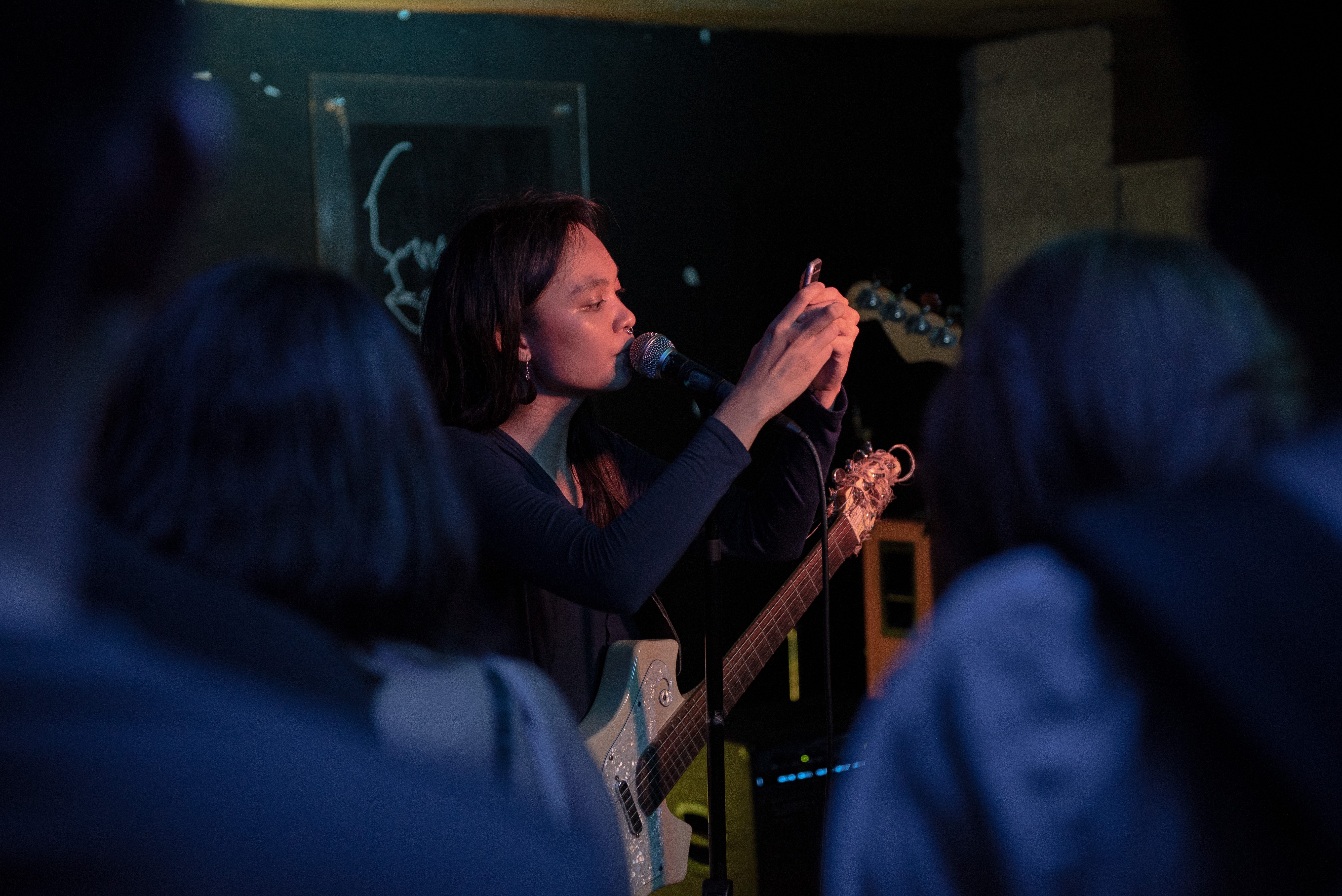
“Galit na galit na ang mga patay! (The dead are furious!)
” Aly screamed. The crowd riled back.
The music of protest
Art and resistance have a long shared history. And music has always been an avenue to unleash the plethora of emotions we go through. From the euphoric peaks joy and romance bring us to, to the deepest of frustrations that spark anger, resistance, and even revolution.
Look at “Do You Hear the People Sing” from Les Miserables, the People Power anthem “
Magkaisa,” the Money Heist-popularized “
Bella Ciao,” and many, many more.
As the crowd in Mow’s Bar – the unassuming indie music mecca in the basement of Kowloon House in Quezon City – crashed their bodies against each other, as live music boomed in the background, it would be easy for the untrained to mistake this “moshing” as violent.
But upon closer inspection, you’ll see synchronicity in the chaos. It’s an almost religious experience, this dance of shared frustrations. In reality, the mosh is an act of camaraderie – friends and strangers helping each other uncork their outrage on the dance floor.
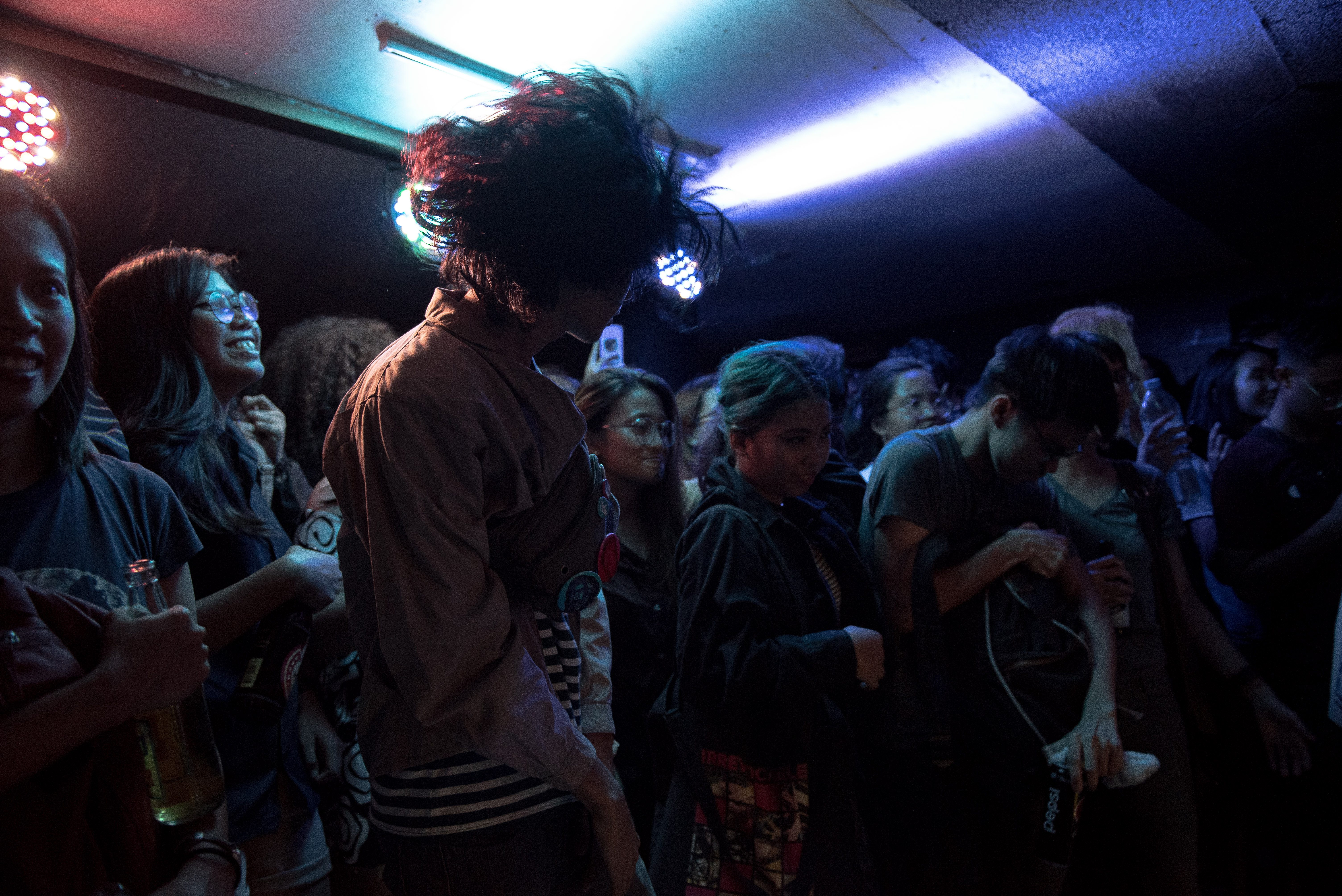
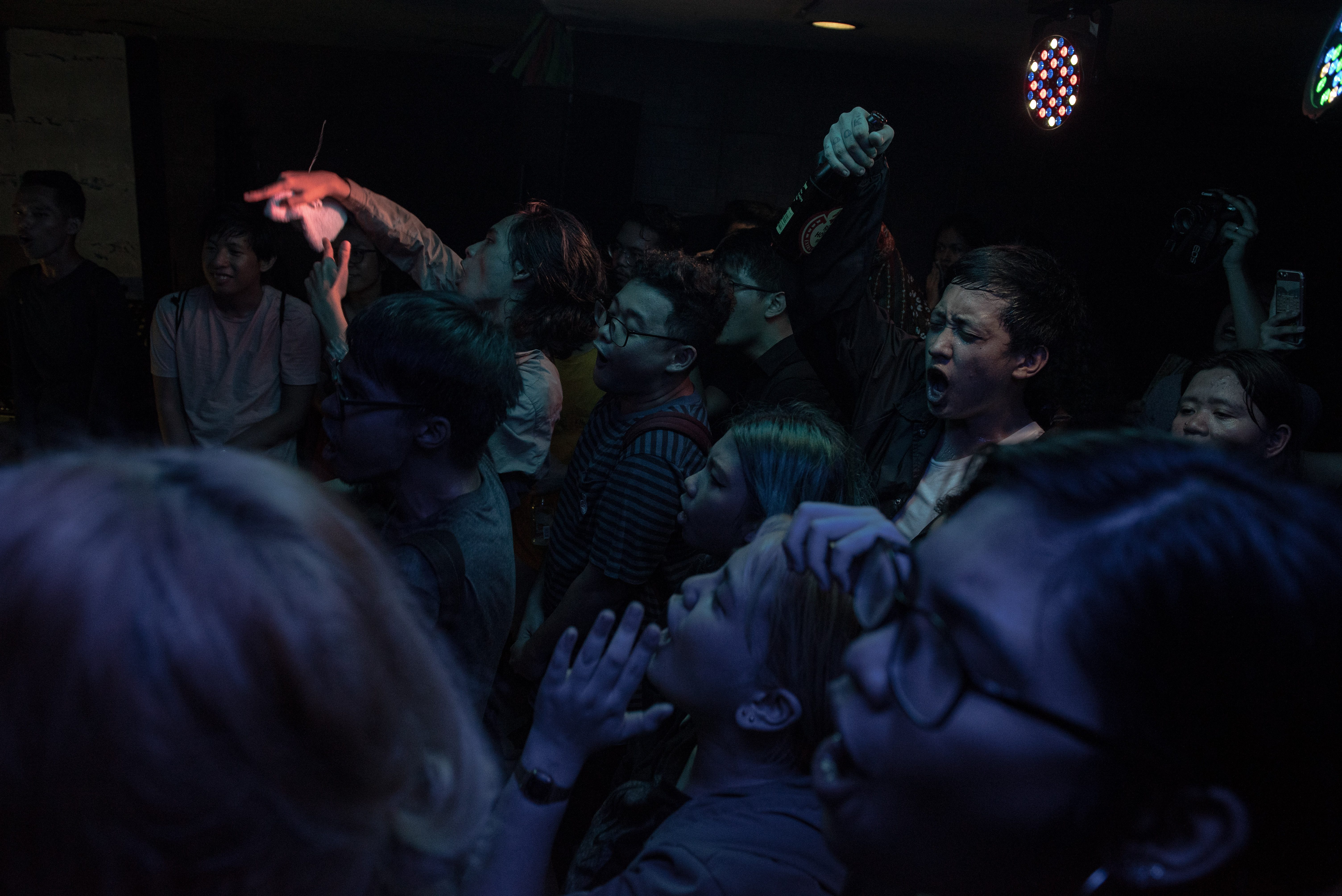
The event was “
Sa Ngalan ng Tubo,” a gig in solidarity with the victims of the
Negros killings.
“Your coming here, it is already a form of standing with our farmers,” Nadja de Vera, organizer of the event and member of the Defend Negros – Stop the Attacks Network, addressed the crowd.
“You are proof that the youth are not just
temperamental brats.”
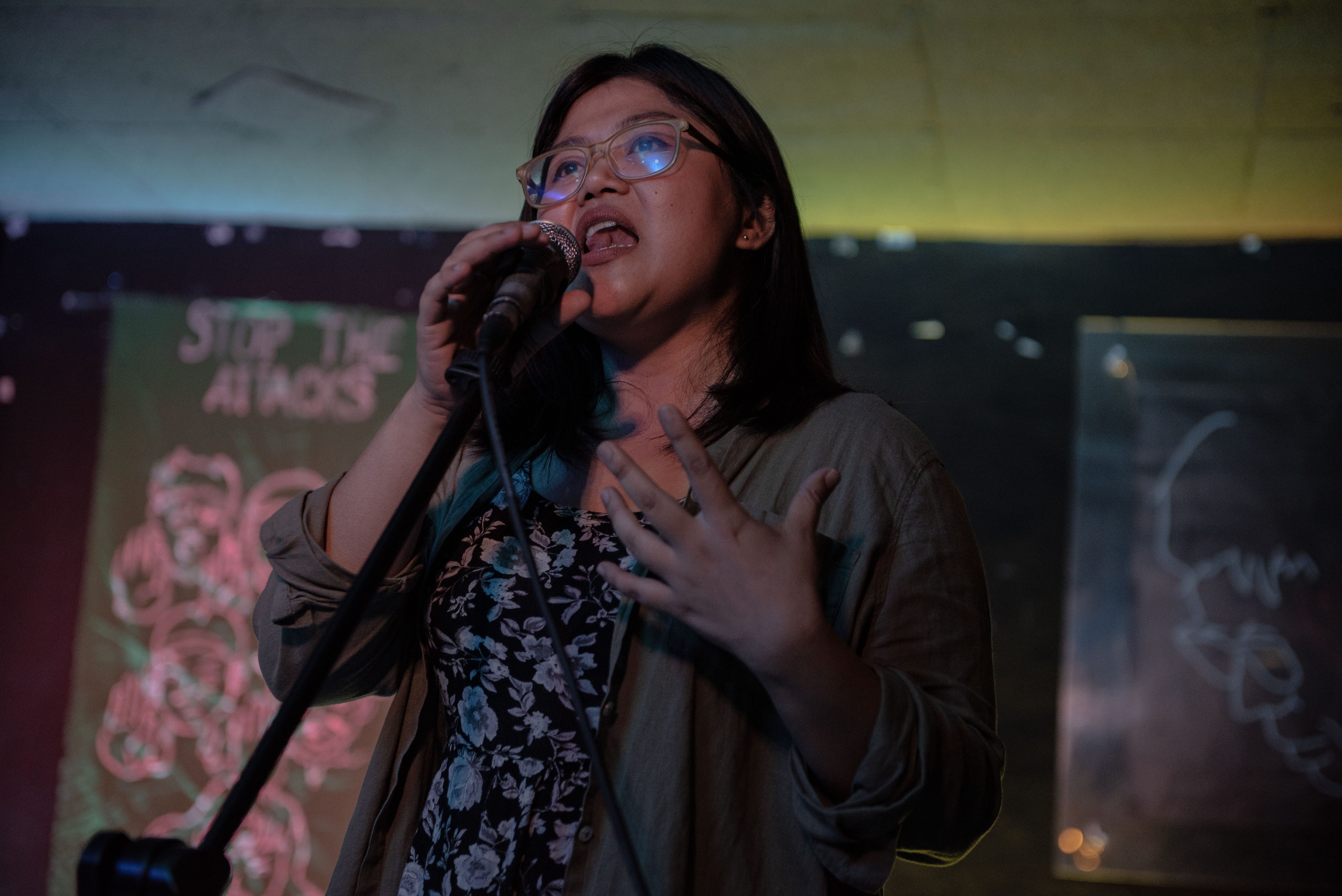
Nadja told me more about the event.
“Since
ang kabataan enjoy [gigs],
nakita namin na isa itong effective na
paraan para makuha ang attention
nila. Sa ganito,
nakikisama sila at nakikiisa sa mga panawagan ng mga magsasaka.” (Since the youth enjoy gigs, we saw this as an effective means to get their attention. This way, they get to join and show their support for the struggle of the farmers).
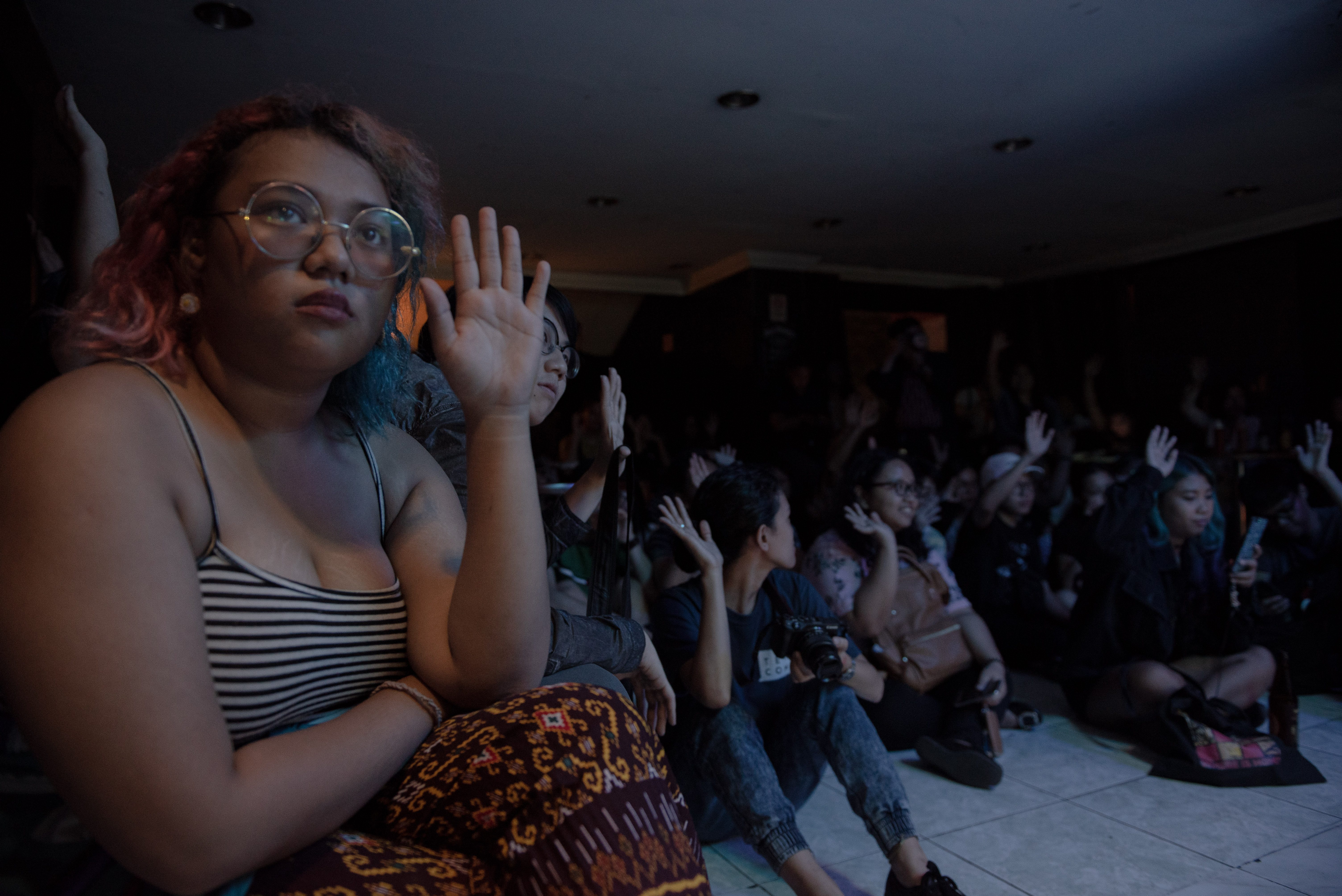
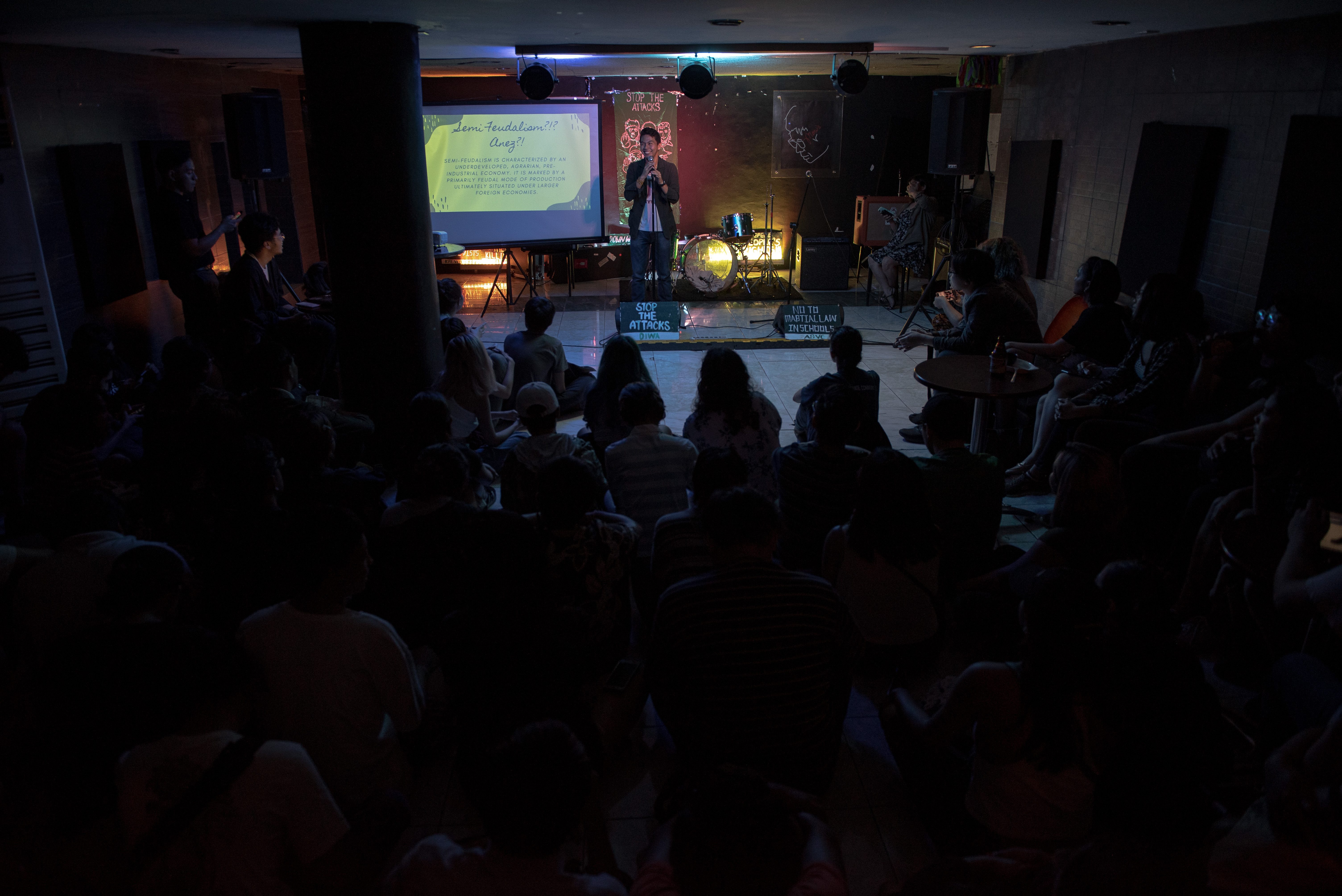
Aside from raising funds, between the performances, discussions were held to further shed light on the conflict happening in the Negros region – these ranged from mini-talks on the history of disputes between farmers and landowners to the testimonial of a mother of one of the slain Negros farmers.
This is Nanay Delia’s story.
Nanay Delia
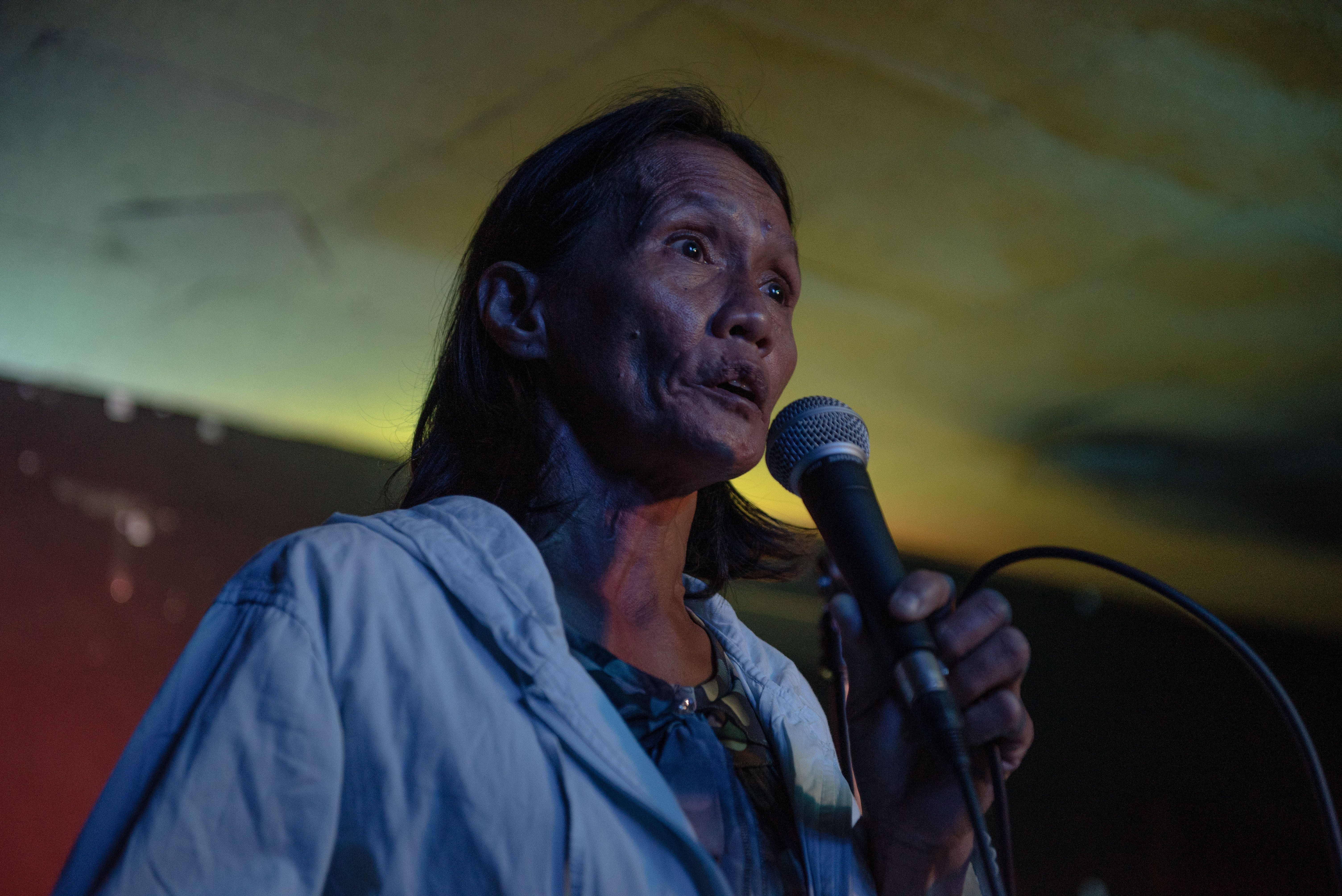 *Translated from Filipino
*Translated from Filipino
“On December 27, 2018, at around 7 in the morning, men who dressed like police came into our house. It was my son Jesus who faced them. They were looking for me by name since I was the chairperson of KAOG-MAON Ginulhan (the Negros Oriental chapter of the Kilusang Magbubukid ng Pilipinas).
Jesus said I wasn’t home. But then they brought him to the back of our house and shot him.
Jesus’ siblings heard three gunshots. I, from the fields where I was working, heard three shots as well.
When my husband and I got home, the men were waiting for us. I asked why they were arresting us, we didn’t do anything wrong. They told me to reserve my excuses for the precinct.
5 minutes in the precinct, they gave me a gun. I asked them why they were giving it to me. I didn’t know anything about guns, I said.
After a while, they took my fingerprints. They said the results tested positive for gun prints. They matched those on the gun. I was the owner of the weapon, they declared.
They filed a case against me: gun possession. My bail was set at P 45,000.
I wanted to get out. Jesus’ burial was set on January 2. I knew I was going to miss the wake, but still, I wanted to see my son off, even just on the last day.”
At this point, Nanay Delia’s voice was breaking, and she had to take a breather.
An associate told us that her family had to sell their farm animals and farming equipment just to be able to post bail. Nanay Delia continued, “I was jailed for 4 days and 4 nights.”
“Jesus just turned 27 years old. We celebrated his birthday on December 25. He was killed on the 27th. We buried him on January 2.”
Nanay Delia stopped her story altogether.
Citizens before artists
“Hindi naman illegal ang maging aktibista, di ba? Ang alam kong illegal ay pagpatay ng walang dahilan, nang hindi naman self-defense. (It’s not illegal to be an activist, right? What’s illegal is killing without reason, doing it outside of self-defense),” said an impassioned Iego Tan, who performs under the name Shirebound & Busking.
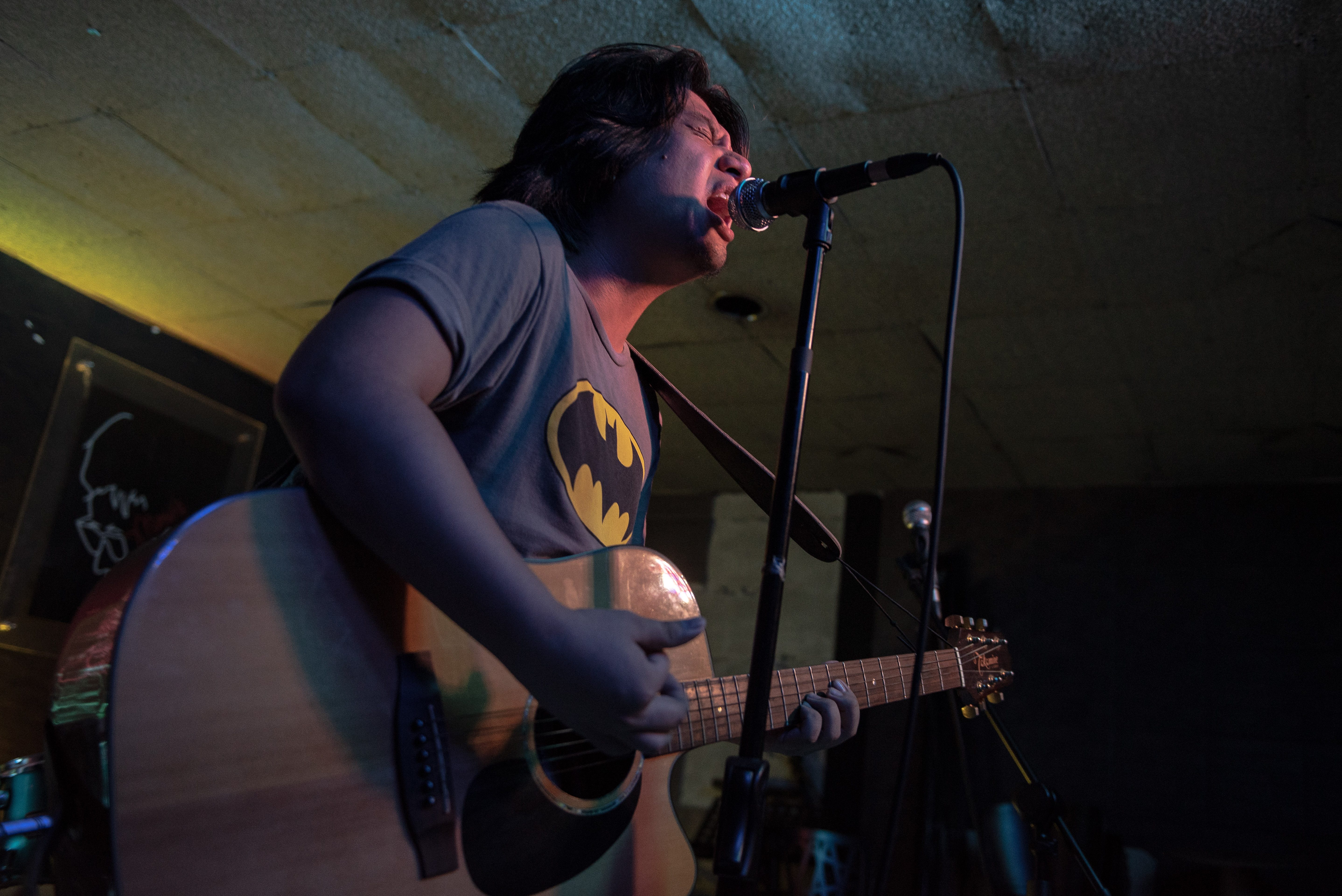
Nadja told me that all the artists who joined “Sa Ngalan ng Tubo“ did so as volunteers. To them, waiving their professional fees was the least they could do for a cause. They joined because they stood for justice and the call to end the violence in Negros.
“I’m just happy that we get to do something as artists, at least in this capacity,” said BP Valenzuela. “At times, we feel helpless. Like we can’t do anything.”
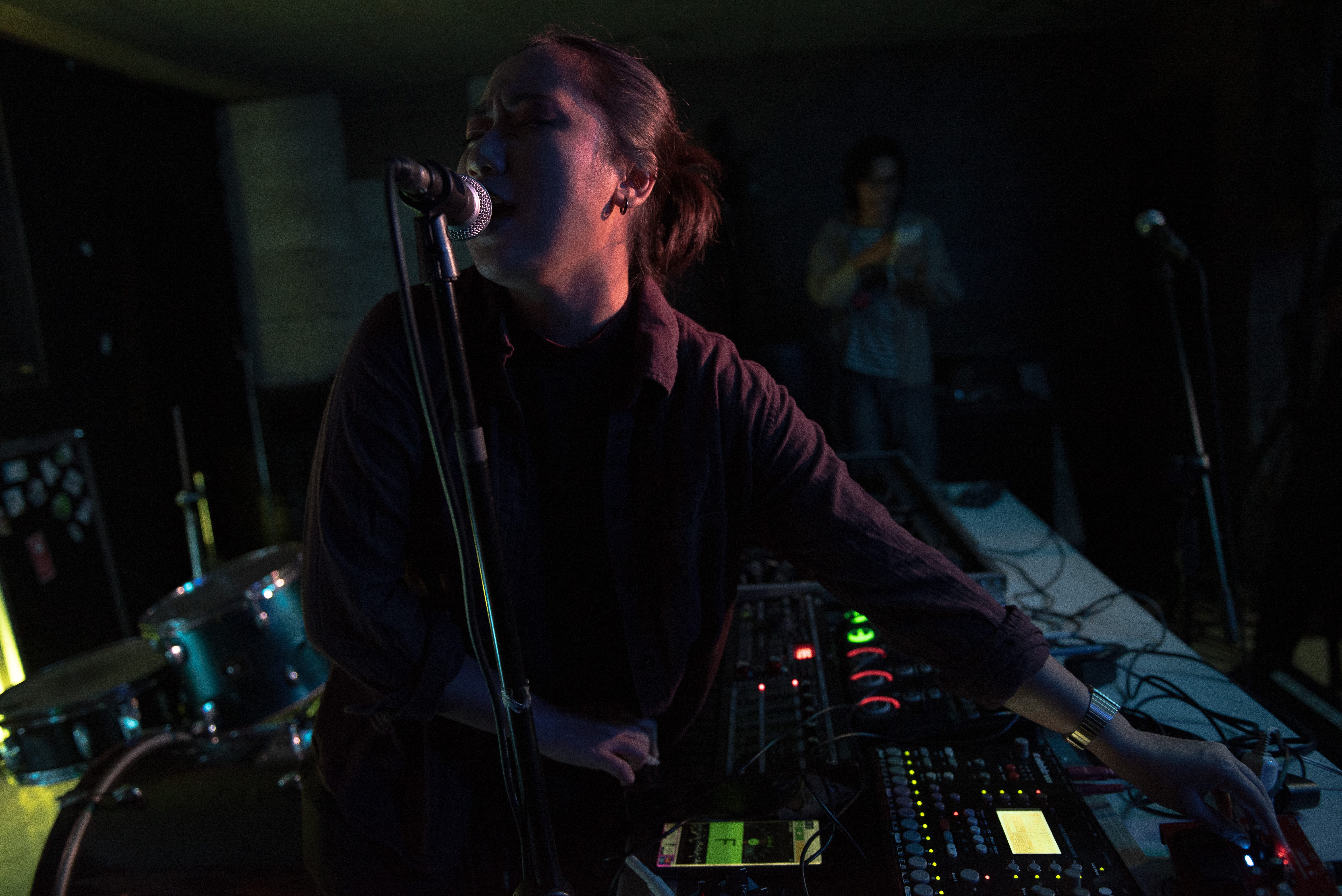 She told me how she didn’t know about the issue before, even though it’s been happening for years. Now that she’s well aware, she believes that her role as a musician allows her to be an amplifier in calling attention to these social issues.
She told me how she didn’t know about the issue before, even though it’s been happening for years. Now that she’s well aware, she believes that her role as a musician allows her to be an amplifier in calling attention to these social issues.
“When you go online, you may see information about these things, but it’s different if you hear it firsthand,” BP said, referencing Nanay Delia’s story.
“Tulong-tulong tayo (We help each other) in our own ways,” said BLKD. The rapper, along with Calix (whom he shared the stage with that night), is part of the artist collective behind Kolateral — a 12-track hip-hop album critical about Duterte’s drug war.
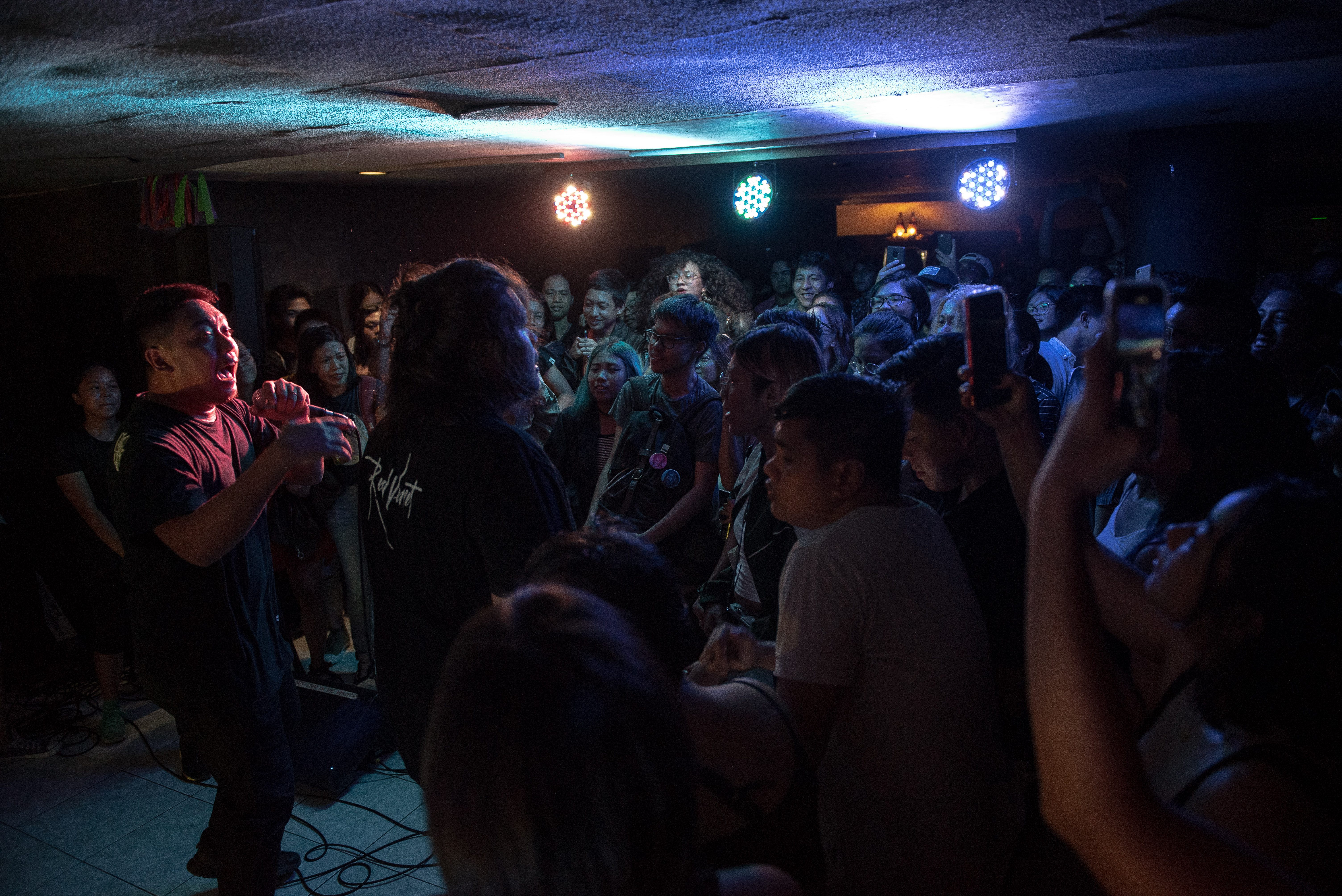
 “Bago naman kami naging artists, mamamayan kami. (Before artists, we are citizens), ” he said.
“Bago naman kami naging artists, mamamayan kami. (Before artists, we are citizens), ” he said.
Negros killings
According to police reports, 26 suspects, including Nanay Delia, were arrested that
day in December. They say that at least 61 firearms, 12 explosives, and hundreds of ammunition were found on these suspects.
Six people, among them Jesus, “resisted arrest” and were killed after they “engaged in a shootout” with the law enforcers.
Nanay Delia’s arrest and Jesus’ death were part of a joint operation between the Armed Forces of the Philippines and the Philippine National Police called “Oplan Sauron” to combat suspected communist rebels and those involved in illegal drugs.
Oplan Sauron is a response to President Rodrigo Duterte’s Memorandum Order No. 32, which was signed on November 22, 2018. The order aimed to “suppress lawless violence in order to prevent further loss of innocent lives” in the provinces of Negros, Samar, and Bicol.
The youngest victim so far is one-year-old
Marjun Ocampo. He was shot alongside his father, Marlon, in the town of Santa Catalina, Negros Oriental.
I caught up with Nanay Delia outside Mow’s. She tells me that through events such as this, she gets the strength to seek justice for her son’s death.
These words ring to me. When people dismiss protests, events such as this, as mere noise without purpose, I tell myself that noise does have a purpose. It’s meant to shock, defibrillate the silence from entirely flatlining. And in cases such as Nanay Delia’s, the ripples have to continue reverberating. If it has to be through the ruckus of music and the crashing of young bodies on a dance floor, then so be it. –
Rappler.com

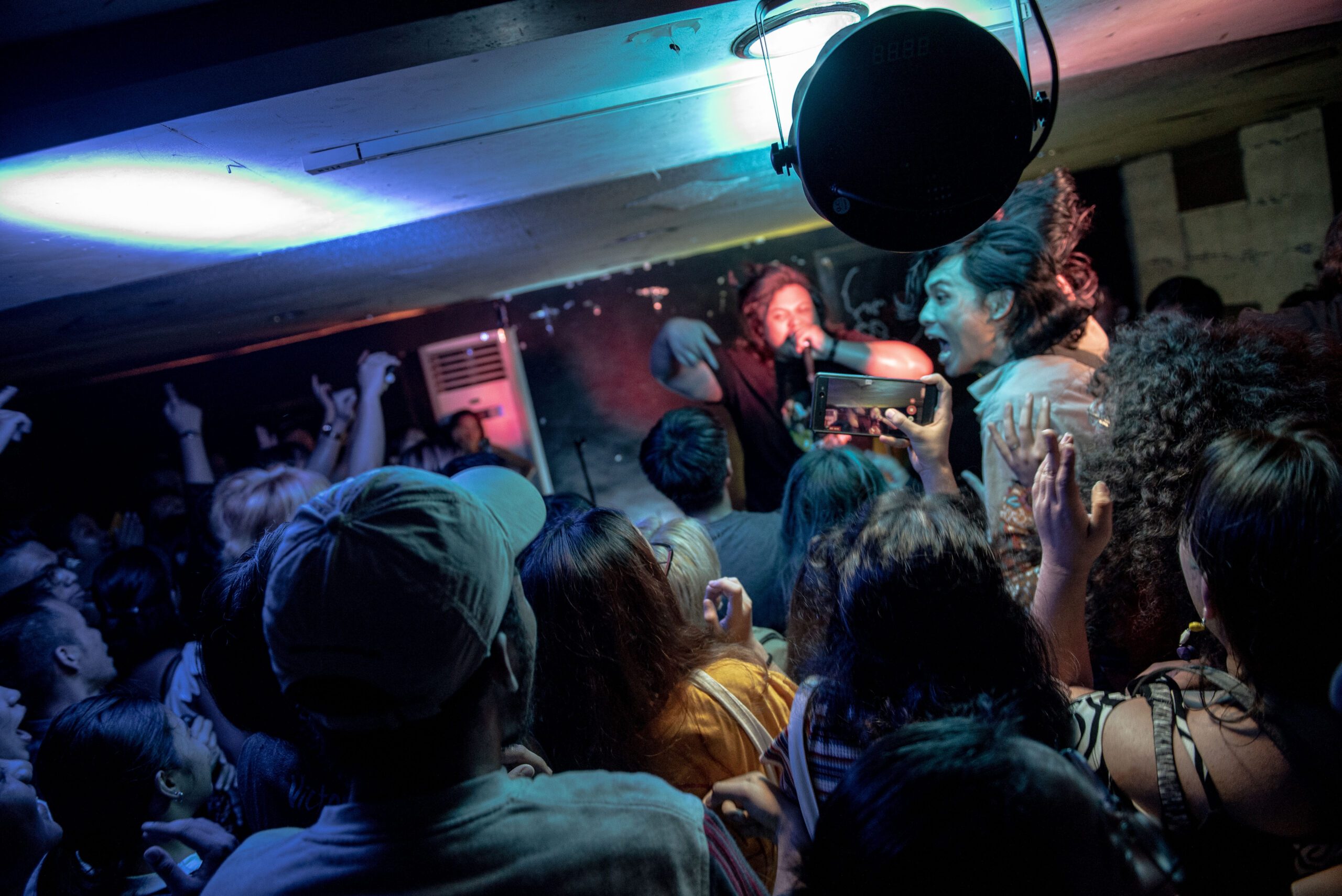
 “Alexander Ceballos, Wenceslao Pacquiao, Oden Asebuche, Arman Indeno, Glenn Absin…”
“Alexander Ceballos, Wenceslao Pacquiao, Oden Asebuche, Arman Indeno, Glenn Absin…”





 *Translated from Filipino
*Translated from Filipino

 She told me how she didn’t know about the issue before, even though it’s been happening for years. Now that she’s well aware, she believes that her role as a musician allows her to be an amplifier in calling attention to these social issues.
She told me how she didn’t know about the issue before, even though it’s been happening for years. Now that she’s well aware, she believes that her role as a musician allows her to be an amplifier in calling attention to these social issues.
“Bago naman kami naging artists, mamamayan kami. (Before artists, we are citizens), ” he said.

There are no comments yet. Add your comment to start the conversation.